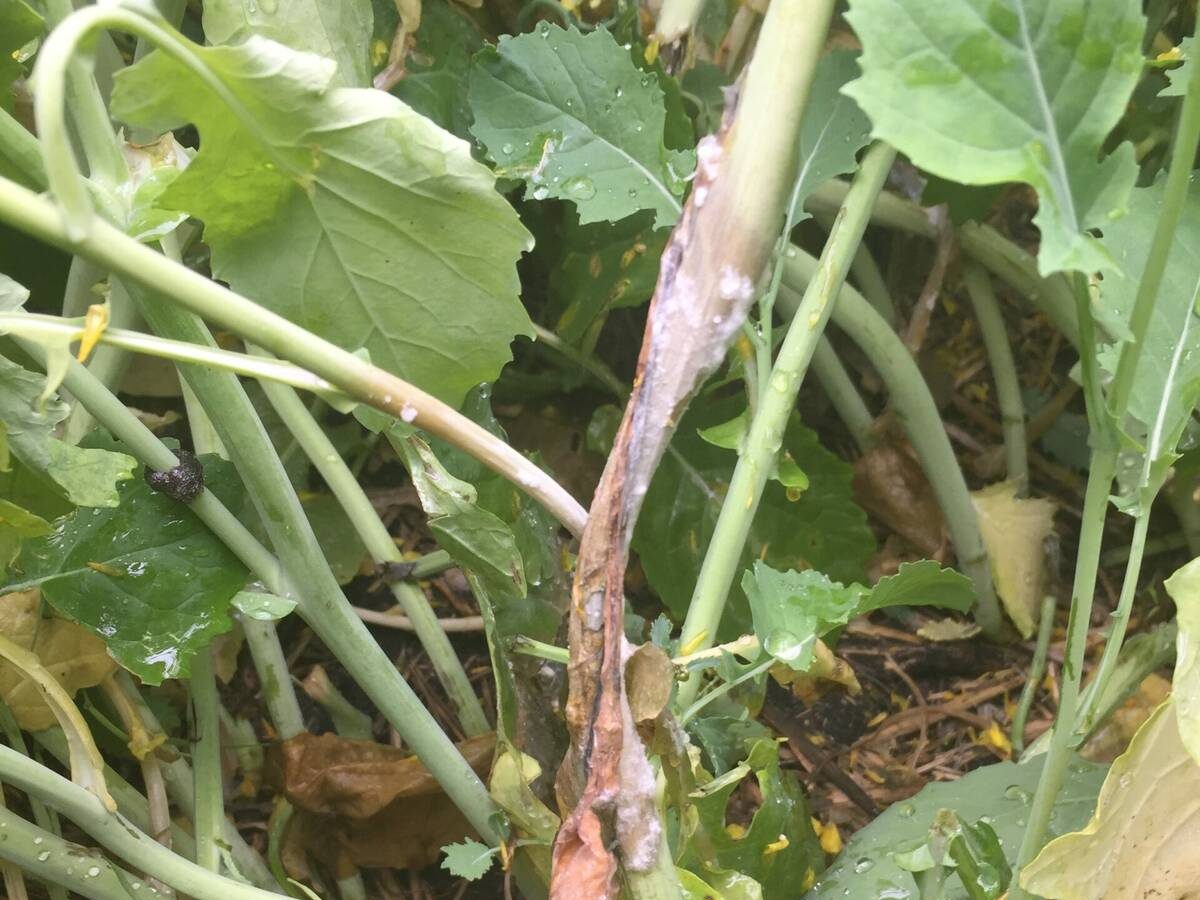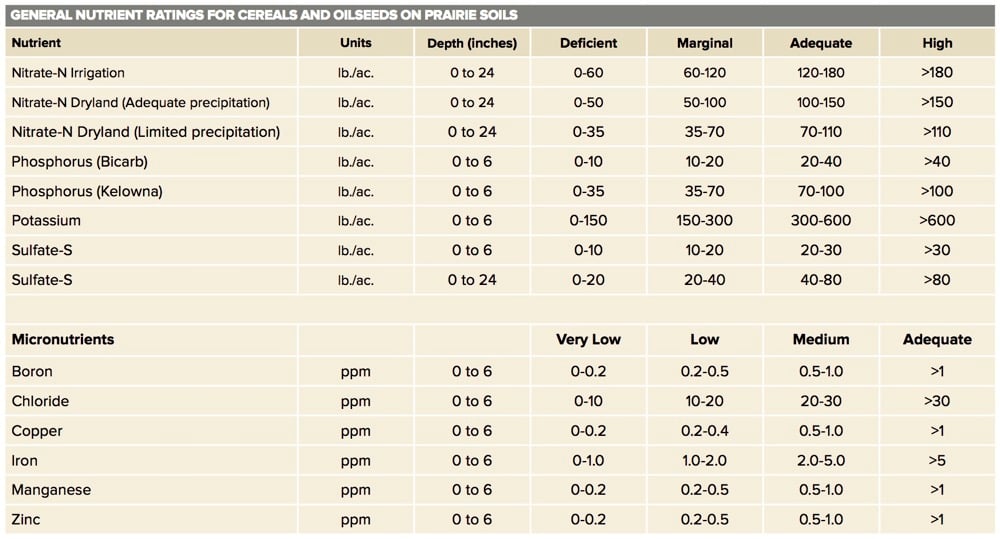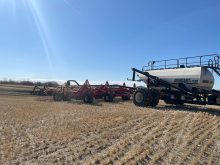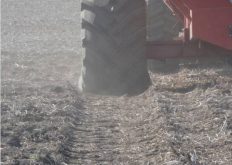When you understand your soil reports, you’re in a better position to develop fertilizer plans with your agronomist. All soil testing labs report the same basic information, but each lab has its own unique format.
No matter what your report looks like, first, check the information at the top: your name, address, field name, etc. If this isn’t correct, contact the lab. Then, move on to the other information in the report.
- Read more: Eight things to look for in your soil test report
Read Also

Good news, bad news for fungicides meant to fight stem rot in canola
A report shows overall insensitivity of sclerotinia to three fungicide groups hasn’t changed in a big way between 2010 and 2024 — but shows some sclerotinia populations have been discovered with elevated insensitivity to all three.
The table shown at top includes my generalized rating of each macronutrient ranging from deficient, marginal adequate and high for cereal and oilseed crops. Ratings vary depending on crop type, yield goal and soil zone.
I have shown Nitrate-N with three ranges: irrigation, dryland with adequate precipitation; and dryland with limited precipitation.
Phosphorus ratings are provided for both the Bicarb (Olsen) P method and the Modified Kelowna methods. I prefer the Kelowna method, as this method is better correlated with crop response to P fertilizer and is not affected by soil pH or OM level. The Bicarb method is reasonably good on high pH soils but was not intended for use with acidic soils, and is less reliable.
For sulfate, I suggest looking at just the surface soil (zero- to six-inch depth) and then the full 24-inch depth to assess the need for S fertilizer. It is also important to note that soil S levels can be quite variable across fields, which makes interpretation more challenging.
When N, P, K or S are deficient, there is a high probably that you need to add additional fertilizer. In the marginal range, some additional fertilizer may be necessary. When a nutrient is in the adequate range, generally there is no need for additional fertilizer unless you have a high target yield.
The table also shows my generalized micronutrient ratings. Ratings vary depending on crop type, yield goal and soil zone. When a micronutrient is in the very low or low range, this is cause for concern but I would not immediately recommend applying a micronutrient fertilizer. Discuss the issue with your crop advisor and your provincial soil specialist to get several opinions. You may want to try strip trials first.
Remember, the probability of crop response to micronutrient application is not clear in many instances across the Prairies and much more micronutrient fertilizer research is needed. We have good information for copper for cereal crops but recommendations for other micronutrients and crops are lacking.
Now that you have your soil test results, the next step is developing your fertilizer plan. Get advice from unbiased, knowledgeable agronomists to ensure you’re using the right fertilizers, at the right times, at the optimum rates.
















